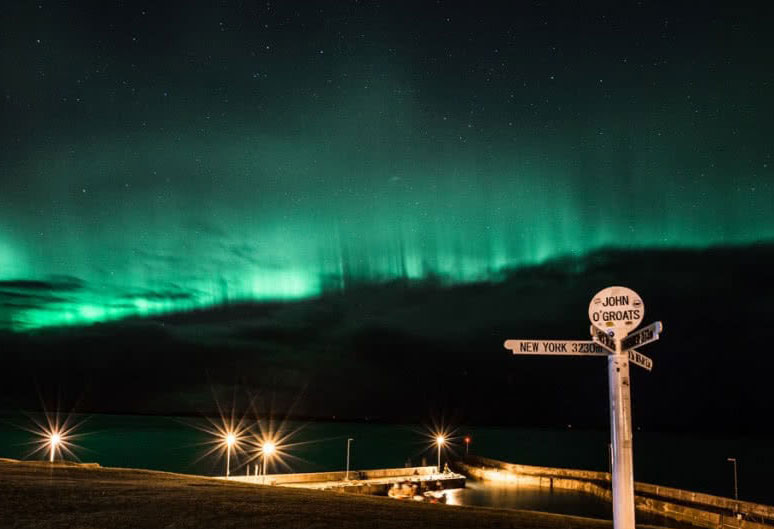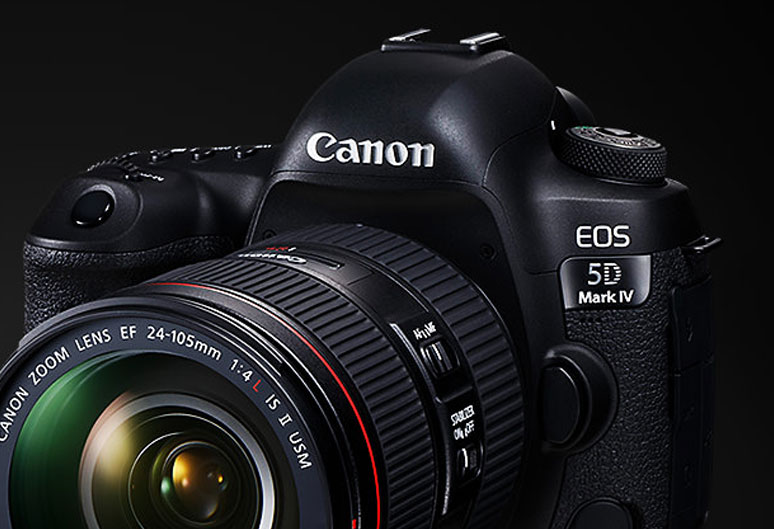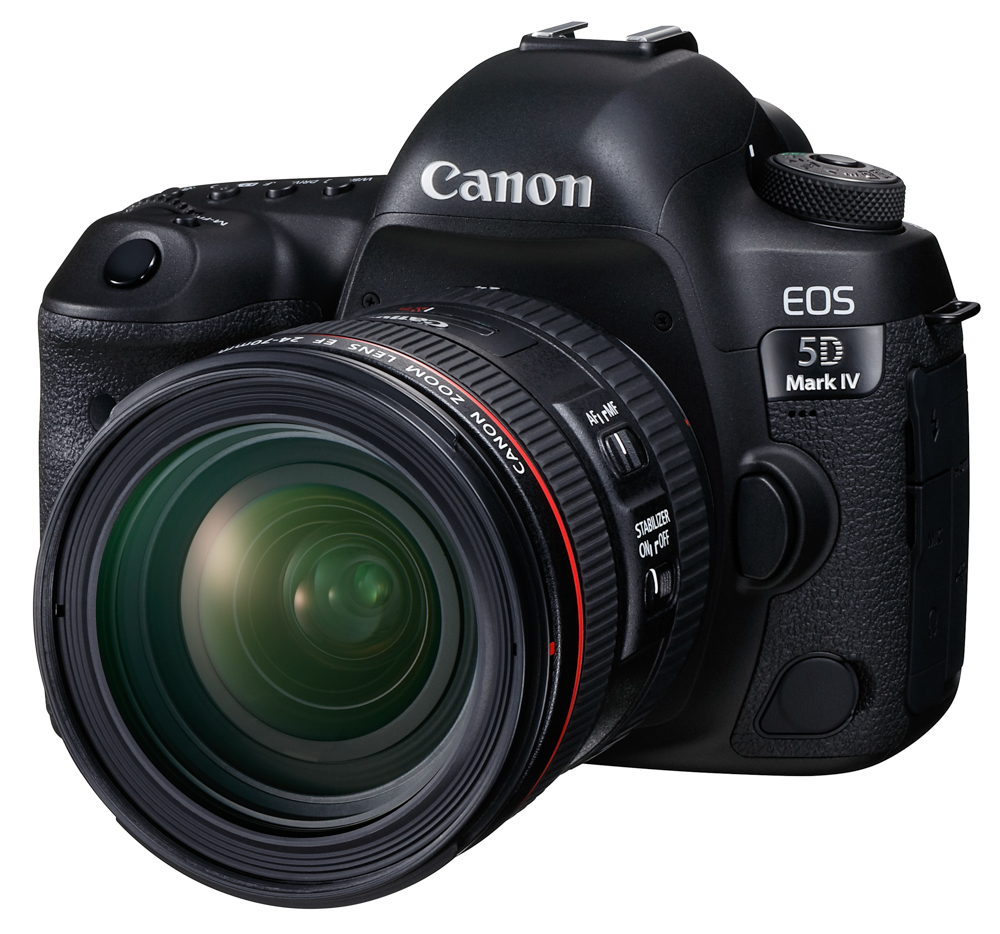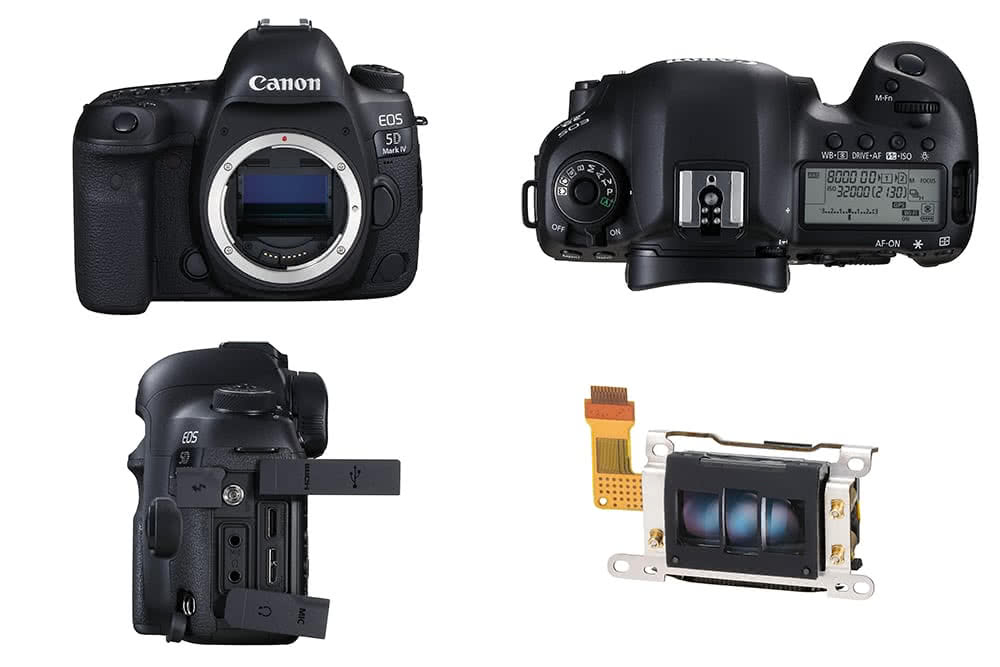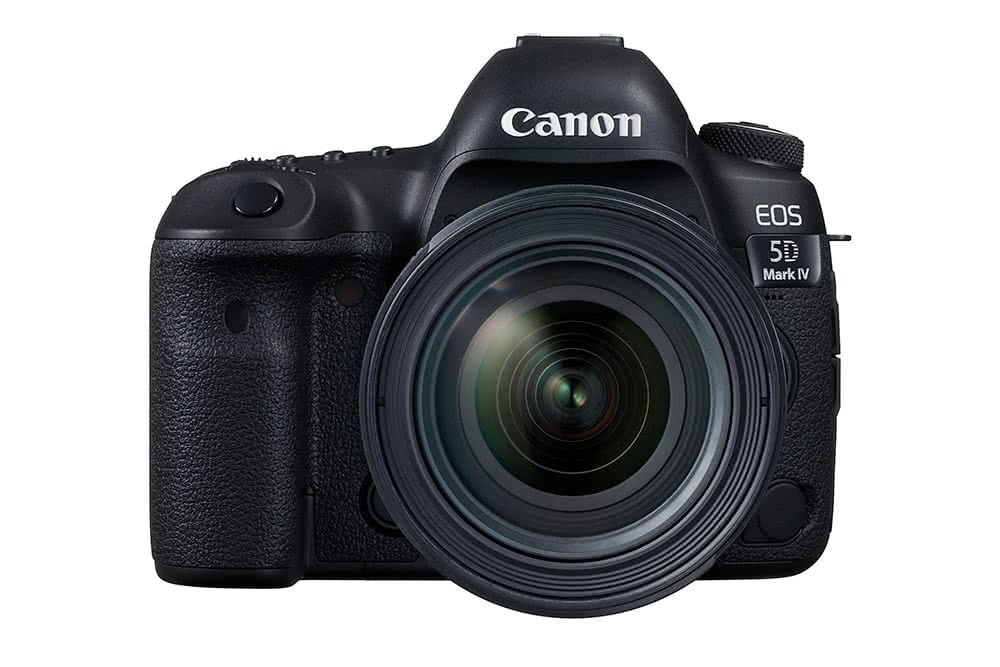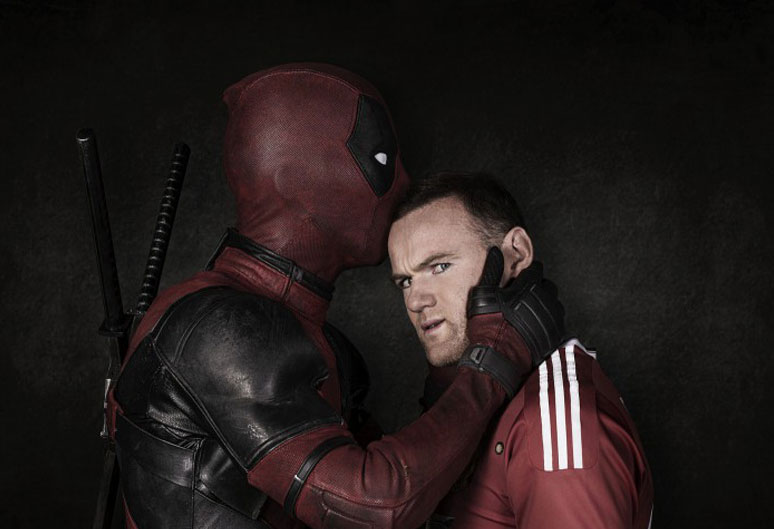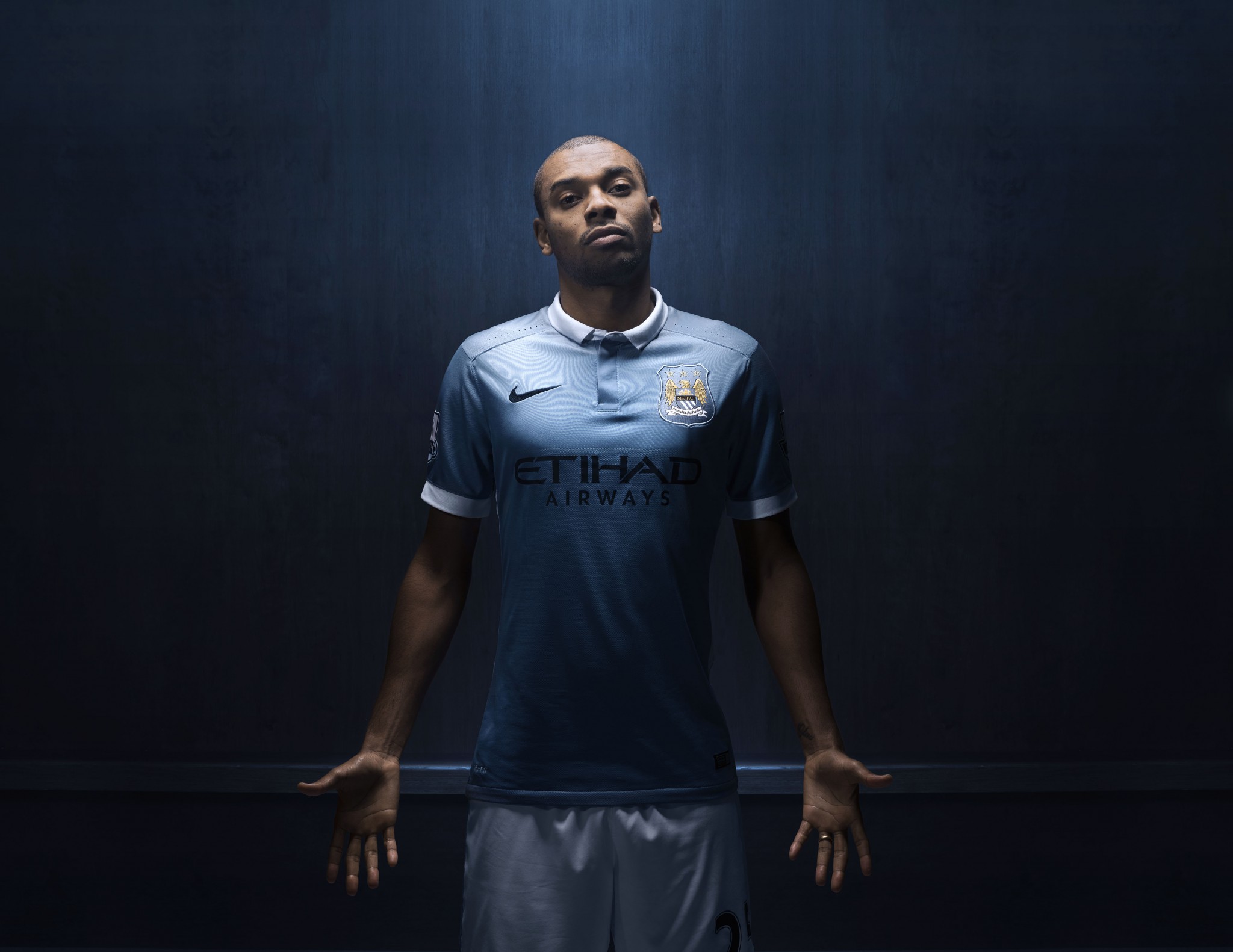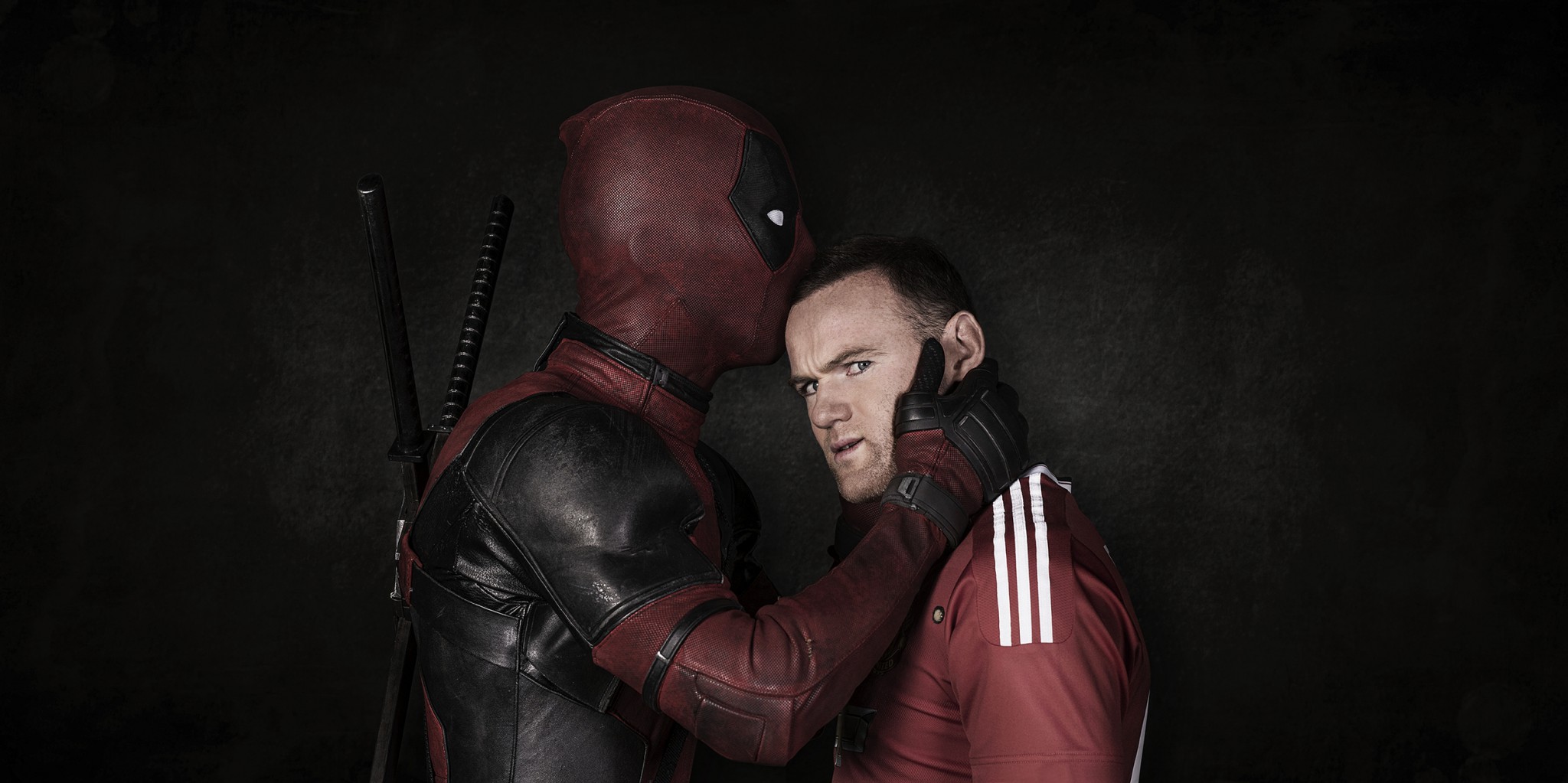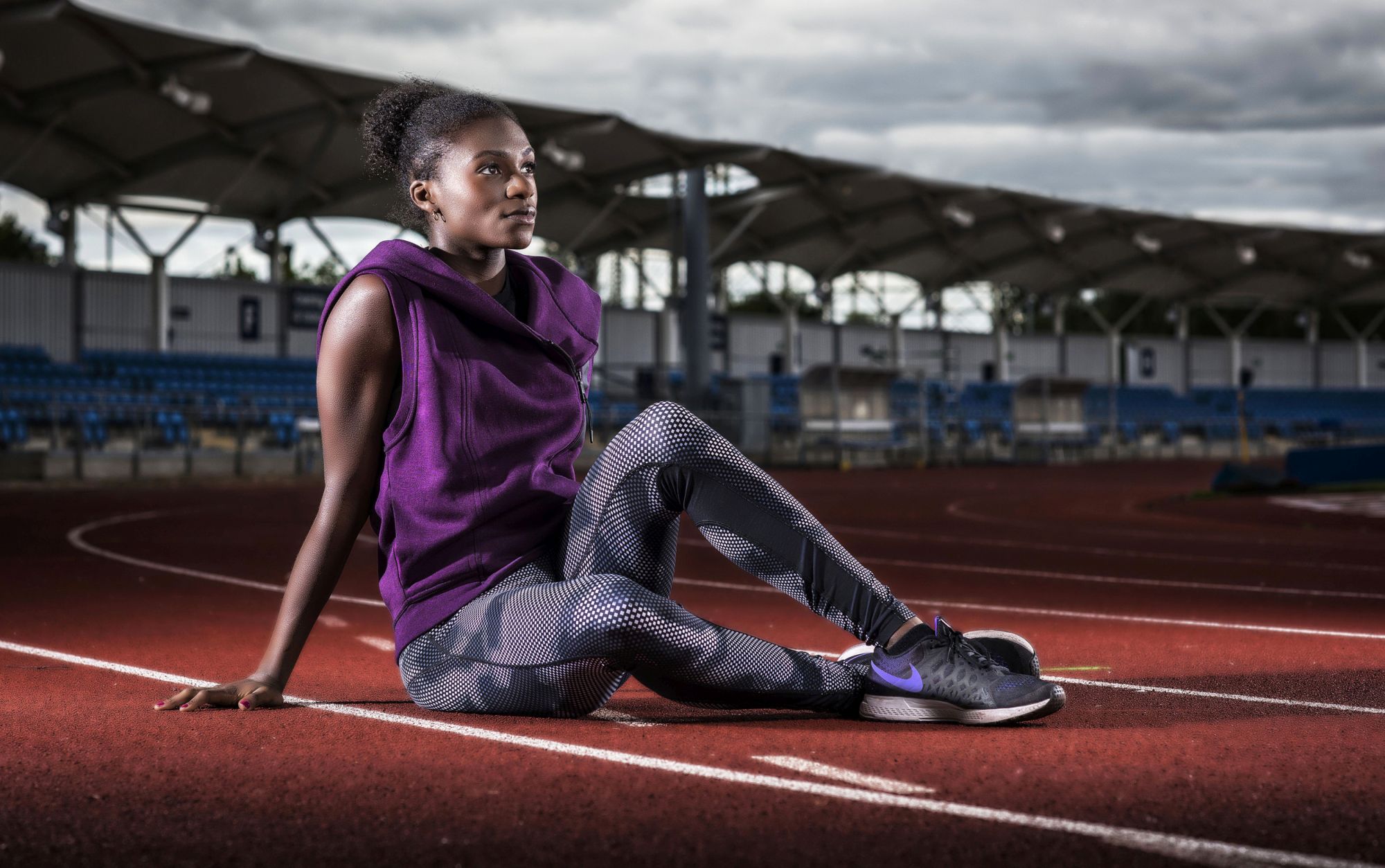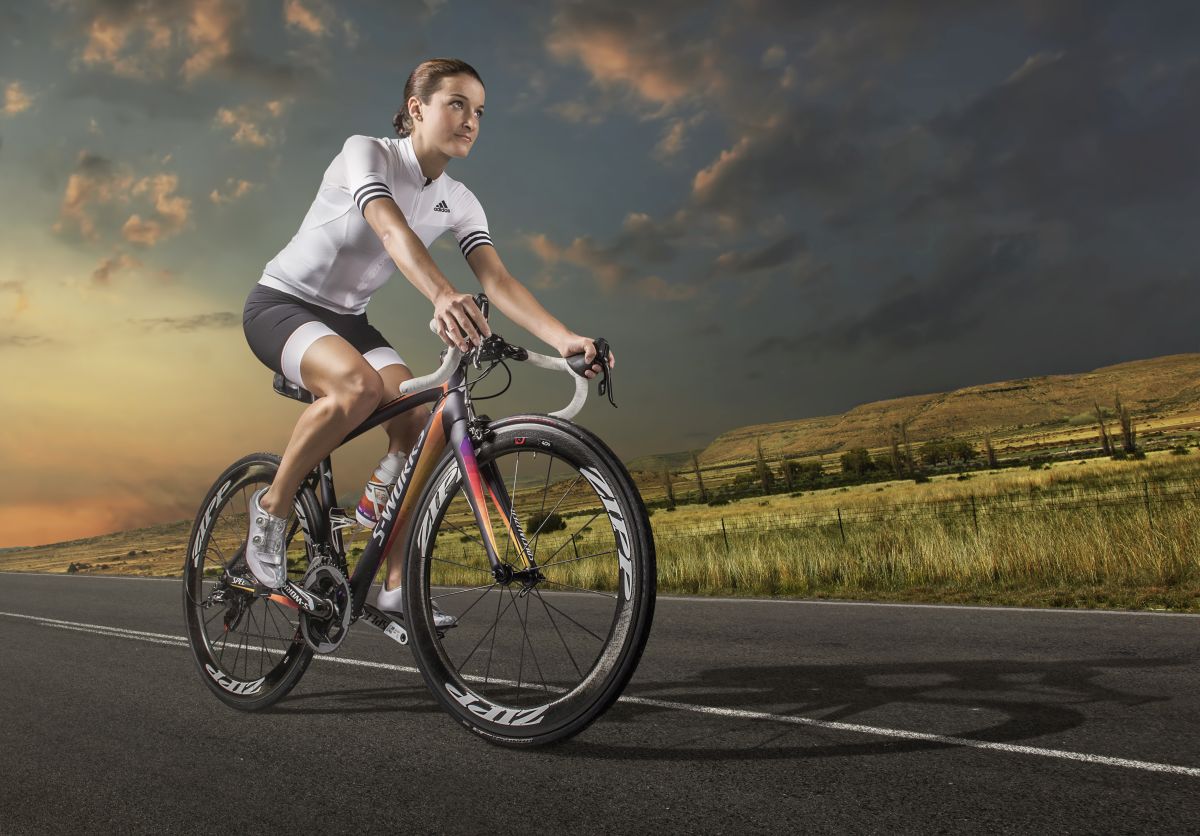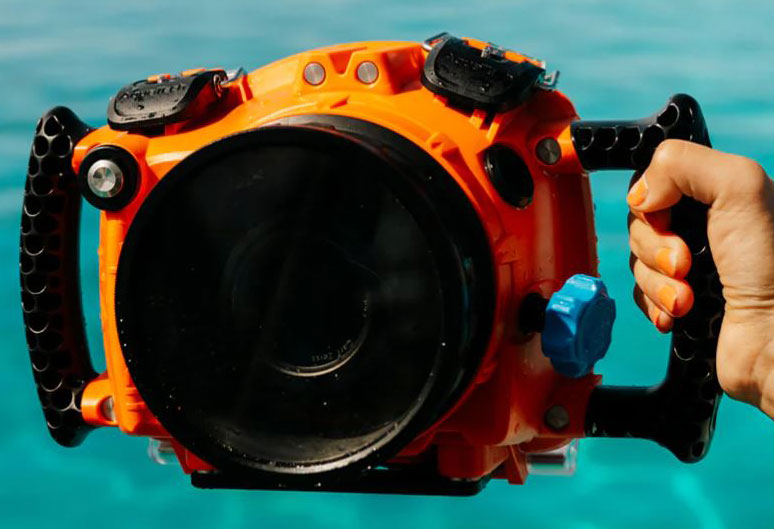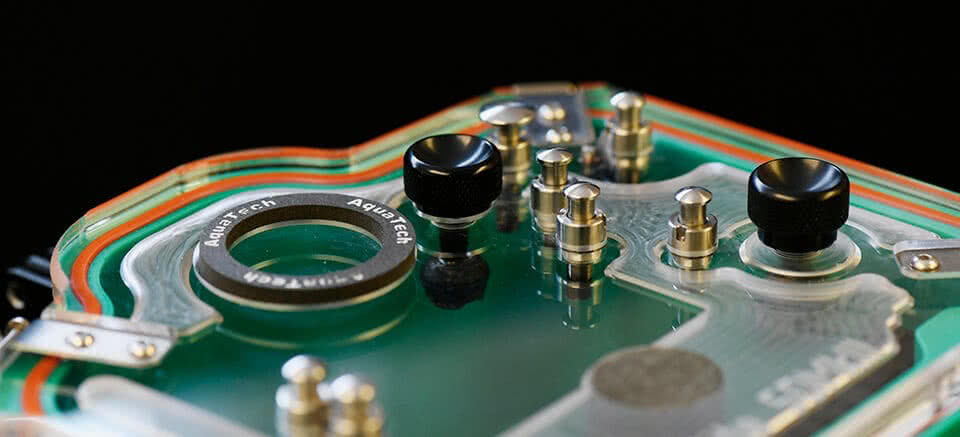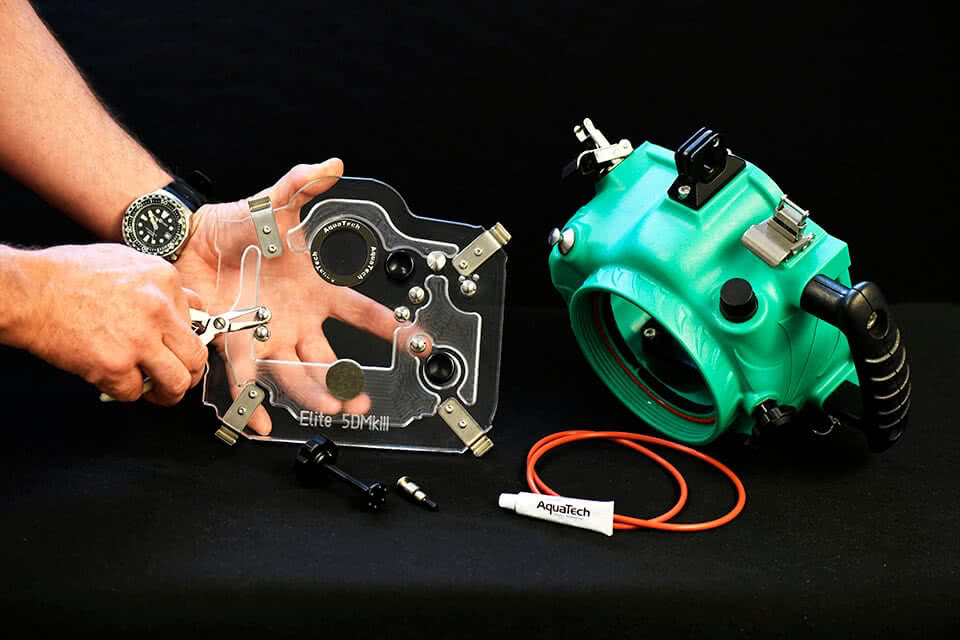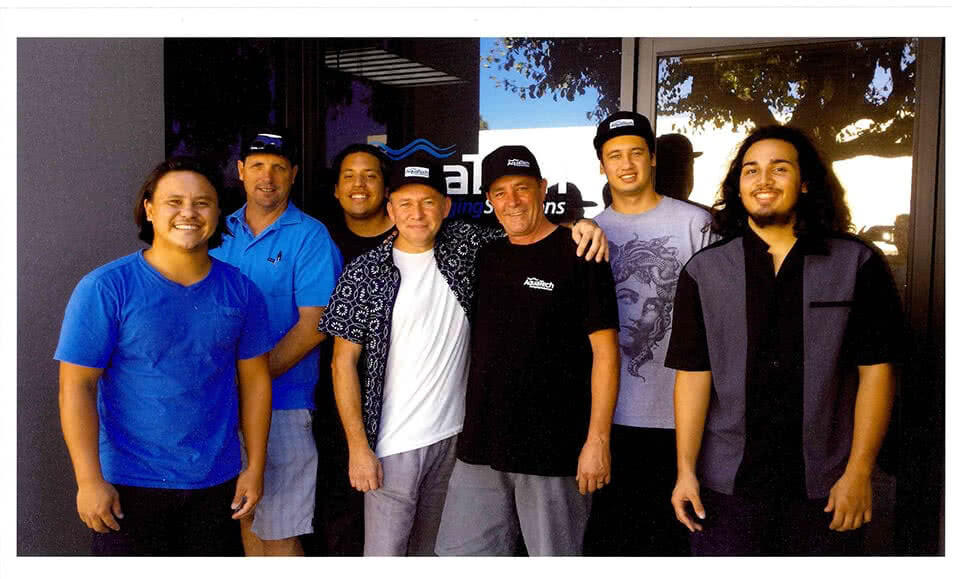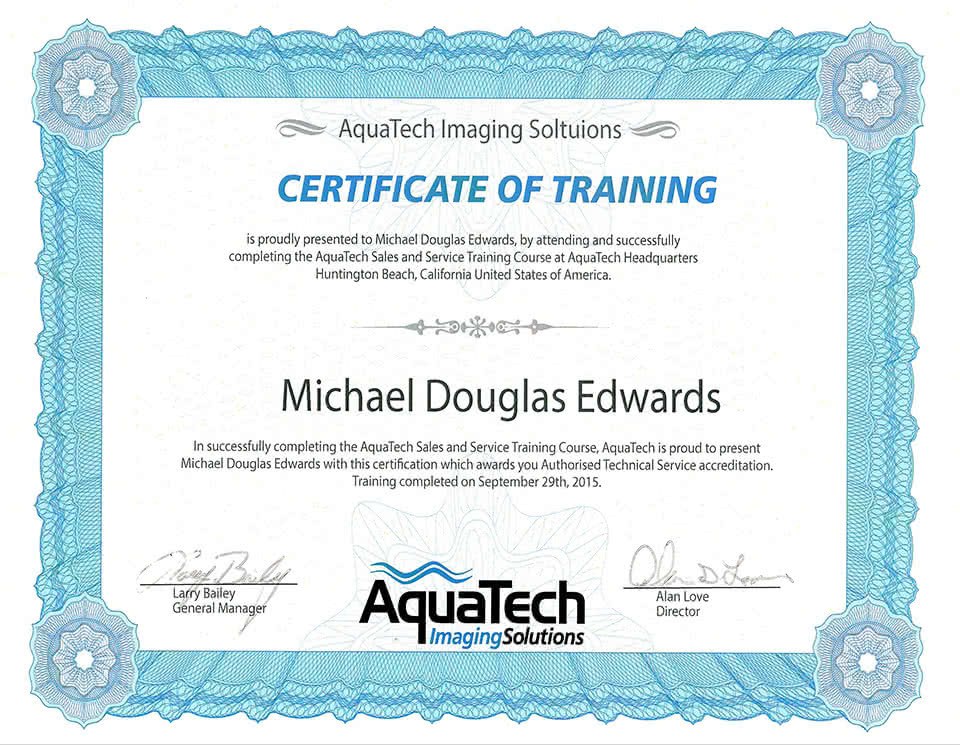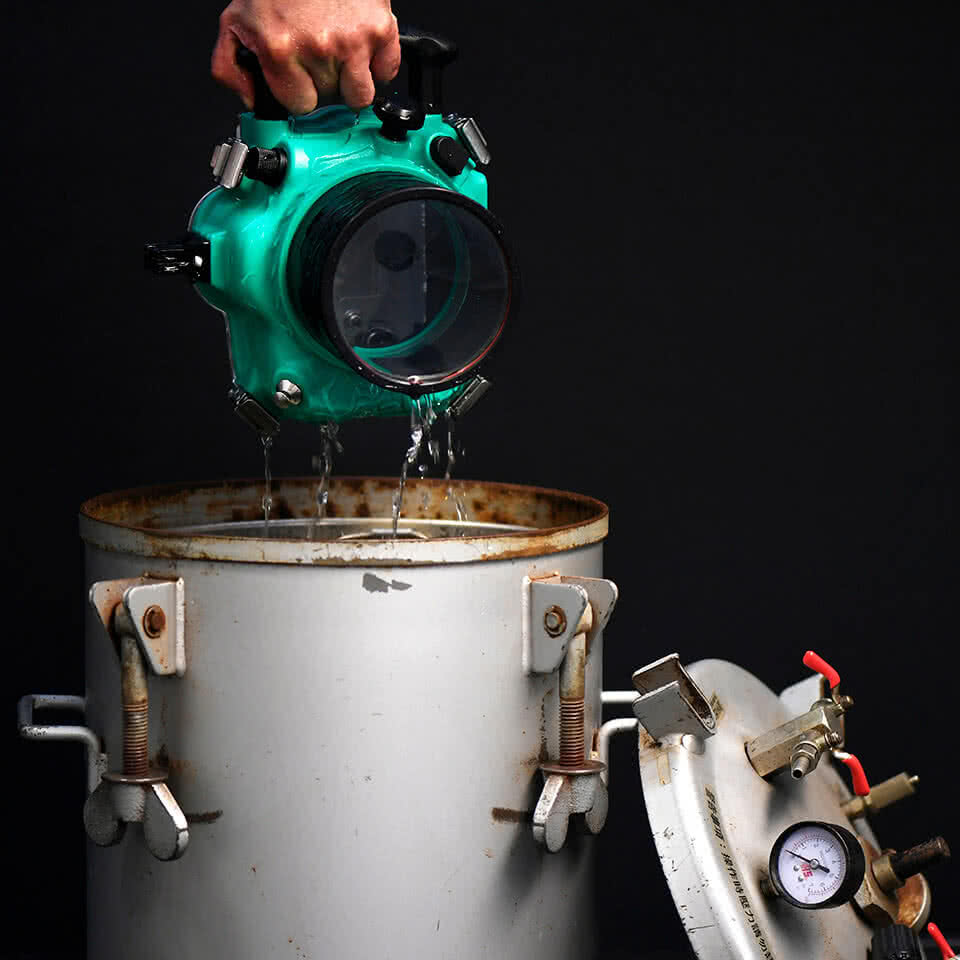We talk to Hugo Pettit about breaking the mould of sun-and-sand surfing photography when he caught some waves in the UK’s most icily inhospitable waters
“There’s no such thing as bad weather for surfing, just bad gear,” Hugo told us. “I want to prove that the depths of a UK winter are the perfect conditions for an adventure.”
We were both intrigued and inspired by Hugo Pettit’s passion and plans for his latest project, The Exploration Surf Trip, so agreed to lend him a few pieces of kit to help him achieve his vision.
Later, with a crew of sixteen people and a Land Rover full of camera gear, he set out to create powerful images and videos in a bid to show the world surfing doesn’t start and end at sunny beaches.
Now, with the project complete, we caught up with him to find out how things went.
Thanks for speaking to us, Hugo. Can you explain how the idea for this project came about?
Northern Scotland is somewhere I’ve always been desperate to discover. It’s very untouched and it’s quite important to me as part of my philosophy of exploring where you live. I think Brits are likely to be among the first to jump on a plane and head to the sand for a holiday and actually have little idea how beautiful their own island is.
Surf photography is quite a small market, but also a very saturated one. For instance, if you go to the Pipeline on the North Shore of Oahu in Hawaii, you’ll almost see more photographers than surfers! It’s madness and very far from what I wanted to do.
I wanted to portray how the UK surfing lifestyle is, in comparison to the more commercial areas like in the USA. It’s far more fickle here – you only get decent waves every now and again, you get snow, horrendous winds, water that’s so extraordinarily cold you have to put on six millimetres of wetsuit before you can even go in. These are the kind of things I wanted the project to highlight – that it’s not a namby-pamby surf holiday. Surfers go through a hell of a lot to get the ultimate feeling, the ultimate rush that a wave gives them and I really wanted to convey this.
What’s quite sad is that the majority of surf photography and videography doesn’t portray surfing as it actually is, but instead presents an idealistic view. So the idea was to pull something together that was raw and more than skin deep.
So where in Scotland did you go?
The team and I went up to John O’Groats, which if you’re coming from the south of England, is pretty much as far as you can travel in the UK. We hooked up with a company there called Natural Retreats who had these amazing little lodges overlooking the strait between Scotland and the Orkney Islands.
So we based ourselves there and travelled daily along the stunning north coastline. You’ve got amazing sea caves, beautiful white sandy beaches and massive granite slabs. In terms of coastal environment you’ve got a bit of everything – it’s vast and very varied.

Was it hard work to get the shots you needed?
Yes. Very, very hard work. I would have loved to have said this was nice and relaxing for me but I’d say this was the most stressed I’ve ever been. It meant so much, I was desperate to get it right, desperate to make sure that we covered all the aspects and that there was a story behind it.
The idea of portraying what’s really behind a surf trip ended up working very naturally because we had to battle with such extreme weather conditions. Some days we had no waves and were combatting blizzards and other days with beautiful sunshine and calm seas.
Do any particular days or memories stand out for you?
It’s difficult to pick out one in particular. The day after our arrival we arose at 6.00am and went to a famed local break called Thurso East. We surfed in a blizzard! There were chunks of ice floating in the water but that did not dampen our spirits. In fact, it made us even more excited to pursue the project.
We also saw the Northern Lights, something I’ve never seen before and which was frankly spectacular. We also had two days of some of the best waves I’ve ever seen and even spotted the odd seal and dolphin!
What camera kit did you use?
HP: We had some invaluable kit loaned to us from Fixation, including Canon EOS 5D Mark III and 7D Mark II, together with a variety of zoom lenses and vital AquaTech housing that allowed us to go beneath the waves. We also had a Sony FS700 and a couple of Sony A7S II bodies used for both stills and videos.

So you had lots of people shooting concurrently?
We did, which made it very interesting. Normally when you go to surf events you don’t want to be shooting the same thing as everyone else, but on a project like this the whole point is to work as a team to produce a single piece of content, rather than competing with other photographers and videographers.
It was amazing how eight photographers and videographers in a single location can see different perspectives and bring different creativity to the project. At a typical location we might have had eight people behind cameras; three people in the water shooting the surfing, one videographer, a stills photographer and an AquaTech user switching between moving image and stills.
Then you have photographers on land covering the landscape using drones. It was inspiring to see everyone on their feet and not getting lazy, despite the early mornings and late nights.



Few people regard the uppermost reaches of Scotland in winter as a top surfing destination. Hugo’s stunning images are a far cry from the sun-and-sand image most people have of surfing lifestyle, a view aided in part by the enduring popularity of conventional surf photography and videography.
To see more of Hugo’s work visit his website – and look out for more of Hugo’s projects featuring in future Fixation articles.

